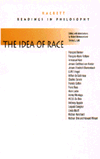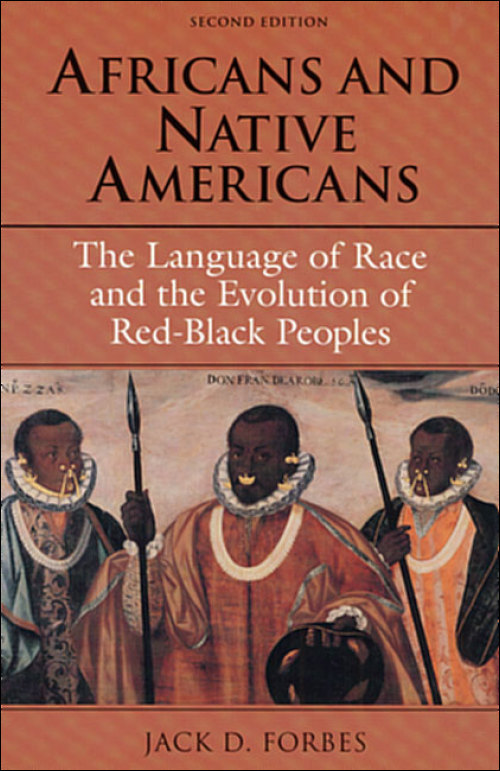The Sea Captain’s Wife: A True Story of Love, Race, and War in the Nineteenth CenturyPosted in Biography, Books, Caribbean/Latin America, History, Media Archive, Monographs, Social Science, United States, Women on 2009-12-05 02:13Z by Steven |
The Sea Captain’s Wife: A True Story of Love, Race, and War in the Nineteenth Century
W. W. Norton & Company
September 2007
384 pages
5.5 × 8.3 in
Paperback ISBN: 978-0-393-33029-8
Martha Hodes, Professor of History
New York University
Finalist for the Lincoln Book Prize.
Award-winning historian Martha Hodes brings us into the extraordinary world of Eunice Connolly. Born white and poor in New England, Eunice moved from countryside to factory city, worked in the mills, then followed her husband to the Deep South. When the Civil War came, Eunice’s brothers joined the Union army while her husband fought and died for the Confederacy. Back in New England, a widow and the mother of two, Eunice barely got by as a washerwoman, struggling with crushing depression. Four years later, she fell in love with a black sea captain, married him, and moved to his home in the West Indies. Following every lead in a collection of 500 family letters, Hodes traced Eunice’s footsteps and met descendants along the way. This story of misfortune and defiance takes up grand themes of American history—opportunity and racism, war and freedom—and illuminates the lives of ordinary people in the past.
Midwinter 1881, Ellen Merrill received a letter. It came from the West Indies, written by a man Ellen didn’t know, and the news was bad. That was clear from the second sentence, in which the stranger spoke of “the late Mr. and Mrs. Connolly.” When Ellen reached the end of the letter, she read it again, and then again, before she took out a sheet of paper. “My Dear Brother,” she wrote to Henry Richardson, “I have at last succeeded in learning the fate of Mrs. Connolly and family.” She asked Henry to impart the news to their mother and to their sister Ann McCoy. As Ellen signed off, she thought about dangerous weather. “We had a Storm here last week which blowd the tide in and nearly washed us away for three days.” She posted the letter from Mississippi to Massachusetts.
The hurricane that swirled off the Miskito Cays of Central America in September 1877 took the life of an American woman named Eunice Connolly. Eunice was an ordinary woman who led an extraordinary life by making momentous decisions within a world that offered her few choices. Eunice Richardson Stone Connolly was born white and working class in New England in 1831. She married a fellow New Englander who took her to the South and fought for the Confederacy in the Civil War, while Eunice’s two brothers fought for the Union. After the war, Eunice married a well-to-do man of color and went to live in a settlement of former slaves on the British Caribbean island of Grand Cayman. This book tells her story…
…Eunice’s story and the choices she made expose the complexities of racial classification across geographical borders. Her family traced their lineage back to England and France, but as Eunice worked in the mills and labored as a servant, she came precariously close to the degraded status of impoverished Irish and black women. Later, when she married a “man of color” (that was the phrase invoked at the time), she found out that reputation also counted in a person’s racial status and that for women, whiteness depended upon specific ideas about purity. Then, when Eunice took up residence on a West Indian island, she realized that labels like “white,” “black,” “mulatto,” and “colored” carried different meanings in different places. Eunice’s story illuminates the complexities of racism too: Her unusual experiences make clear just how mercurial racial categories could be in the nineteenth century, but her life also proves just how much power those mercurial markers could exert to confine—or transform—a person’s life. In her voyages from New England to the Deep South to the British Caribbean, Eunice also made a journey from the life of an impoverished white woman in the United States to the life of an elite woman of color in the West Indies…








